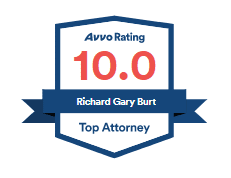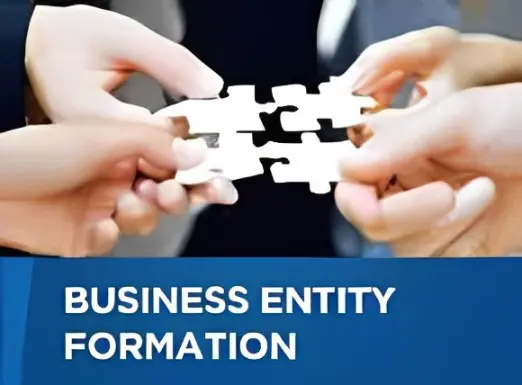
Richard Burt Professional Law Corporation
Mon - Fri: 9 AM - 6 PM
In communicating through a website with a lawyer you are thinking of hiring, you should not provide any confidential information concerning your legal matter until an attorney-client relationship has been formed.
Sending an email to Richard Burt or leaving a voice mail for him or his assistant (and a reply from either) does not create an attorney-client relationship.
No attorney-client relationship will be formed until you and Mr. Burt have agreed that he should represent you, he has determined that there is no conflict with an existing client, you have signed an engagement letter that sets forth the terms of the representation, and, when requested, you have made a fee deposit.
Please note that the initial consultation is solely to determine the nature of your legal matter and to discuss fees. Mr. Burt does not offer free legal advice.
After an attorney-client relationship has been formed, email (and voice mail) may of course be freely used for confidential attorney-client communications.
If we try to call you at a telephone number that you provide to us and are unable to reach you (and your voice mail is full or is not set up), we may text you at that number to let you know that we tried to call you. By sending an email via this website or by calling and leaving a voice-mail message, you consent to receiving such texts. At any time, you may reply STOP to opt-out from further messages.
NOTE: Mr. Burt does not handle litigation of any kind. If you wish to sue someone, are being sued, or need to make a court filing of any kind, Mr. Burt cannot help you. You should not contact him for those services.


Filed UCC Termination Statement Binding on Lender Even If Mistaken
In a recent case, a lender made several financings of a borrower. The borrower paid off one financing, and the lender authorized the filing of a termination statement to release its security interest in a particular asset that secured that particular financing. The termination statement was worded, however, so as to release the lender’s security interest in all the borrower’s assets, even those securing a loan not yet paid off. The error remained unnoticed until the borrower entered bankruptcy. The borrower was General Motors, and the loan that became unsecured was $1.5 billion in amount!
In Official Committee of Unsecured Creditors v. JP Morgan Chase Bank, the Delaware Supreme Court ruled that once a secured lender reviews and knowingly approves for filing a termination statement, that filing will be effective even if the lender did not intend to terminate a security interest listed on the termination statement.
What is interesting is that neither the lender (a loan syndicate led by JP Morgan Chase Bank) nor the borrower (General Motors) nor either of the two giant law firms (one representing the lender and the other representing the borrower) caught this error.
According to a comment posted by Professor Dan Schechter, Loyola Law School, Los Angeles, in his Commercial Finance Newsletter, published on Westlaw:
We may never know how this particular error crept into the termination statement in this case; but I have seen many other similar disasters in which a junior lawyer (or even a paralegal) is given the task of preparing the first draft of a key document. A senior lawyer with intimate knowledge of the client’s business affairs is then supposed to review the document before the document is put into final form. But the busy senior fails to take enough time to check thoroughly, on the unfortunate assumption that the matter was routine.
While law firms offer some advantages to certain clients, they also bring disadvantages. A client is often not aware of who is providing the legal services, and it is common for several lawyers work on a client matter. One advantage of hiring a sole practitioner is not only that the client knows who will be doing the work but also that the same person is involved with everything related to the client’s matter. In my office, the left hand always knows what the right hand is doing, and “attention to detail” is the watchword. Fill out my contact form here.



